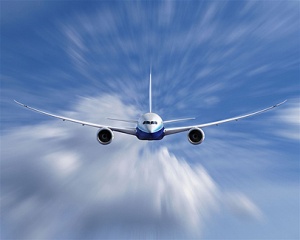United $10bn order signals aviation recovery

The aviation industry has received one of the clearest signals yet of embarking on the road to recovery after United Airlines placed an order for 50 aircraft from Boeing and Airbus, worth almost $10bn, and marks its first order in over a decade.
The order is split equally between Boeing 787 Dreamliner jets and Airbus A350s, and marks the first order by United in 12 years. It is also the first time it has bought long-range wide-body jets from Airbus.
Given the size of the order, it is expected that UAL will have secured big discounts from both manufacturers, and also has an option on another 50 from each.
The planes are not due for delivery till 2016, so the US carrier will only need to front $60 million in cash – a fraction of the ultimate cost – over the next three years.
The order comes just under four years after United emerged from bankruptcy protection, which it sought in 2002. But it is also being welcomed by the industry a clear sign that normality is finally returning to aviation financing.
ADVERTISEMENT
United’s order is a key boost for Airbus and Boeing in a year in which orders have dried up. Many carriers have been forced to cancel orders or postpone delivery because of the severe downturn. Boeing, for example, had added only 13 orders for the 787 before the United announcement, but has lost 83 orders.
Tom Enders, Airbus president and chief executive, said: “United Airlines is a global icon, and it’s very gratifying that they have chosen the A350 to be a key part of their strategy.”
Jim McNerney, Boeing chairman, president and CEO, said Boeing was pleased to be working with a long-time customer.
“We think United is making a smart decision placing an order at this point in the cycle and taking delivery years into the future. The 787 Dreamliner will provide United with additional range and unmatched fuel efficiency,” he said.
Fuel efficiency is high on the agenda for United. The airline estimates that the fuel costs and carbon emissions from the 50 aircraft will be about 33 per cent lower than the 747s and 767s they are replacing.
The replacement aircraft will have an average of 19% fewer seats than the planes they will replace. This echoes the lessons of the recession that fleets need to be sized to maintain pricing power demand, and that smaller aircraft with greater range are easier to fill on new routes.

